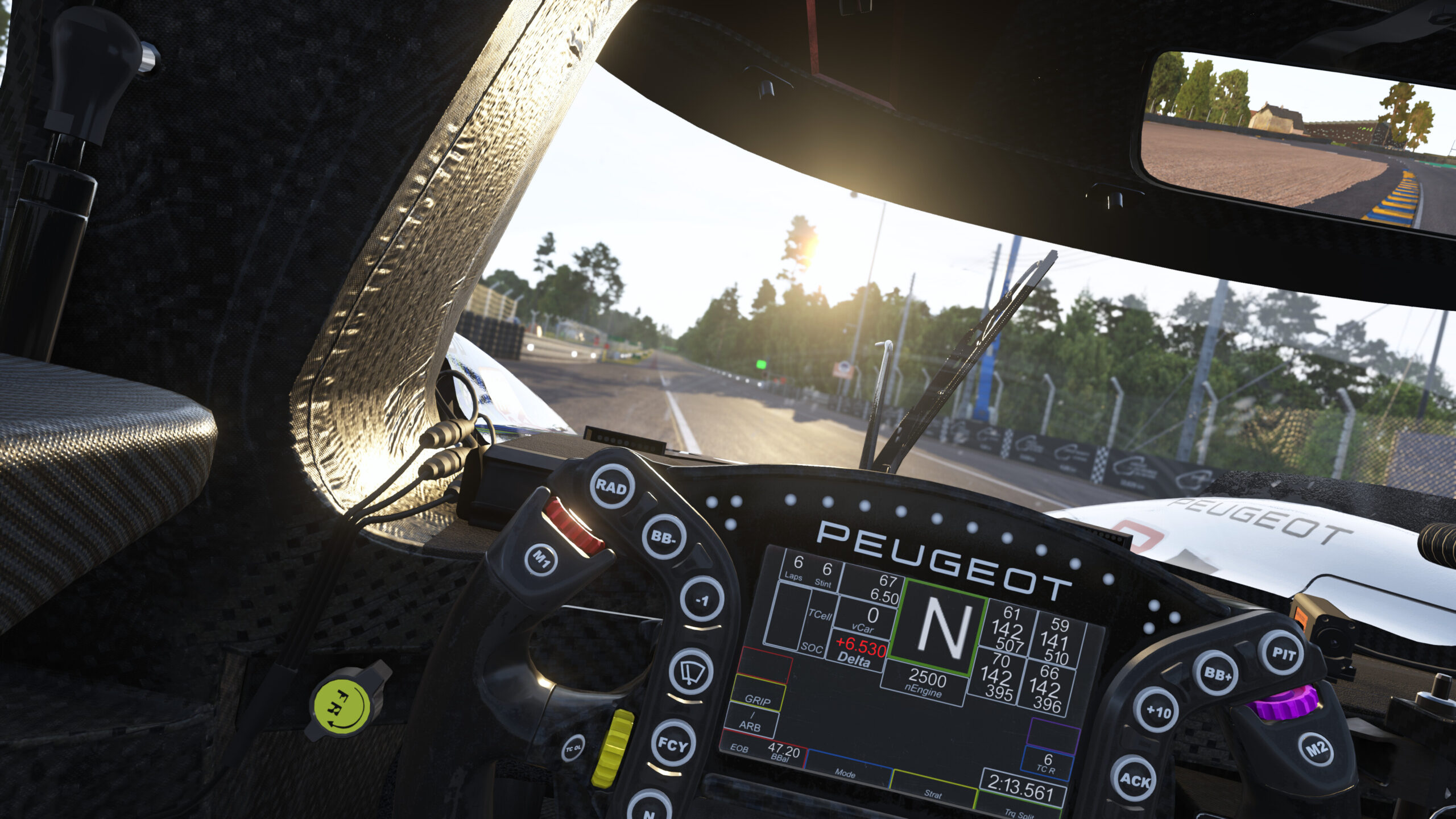Le Mans Ultimate is quickly becoming the de facto choice for sim racers craving GT3 and prototype racing, providing realistic physics, force feedback and maximum immersion in its depiction of the FIA World Endurance Championship.
As a result, more and more players are joining the LMU party, but they are doing so with ingrained knowledge of how to drive similar cars in other sims.
LMU has its own intricacies, however, so we’ve devised a handy guide on how to make the most of the sim’s most popular classes: LMGT3s and Hypercars.
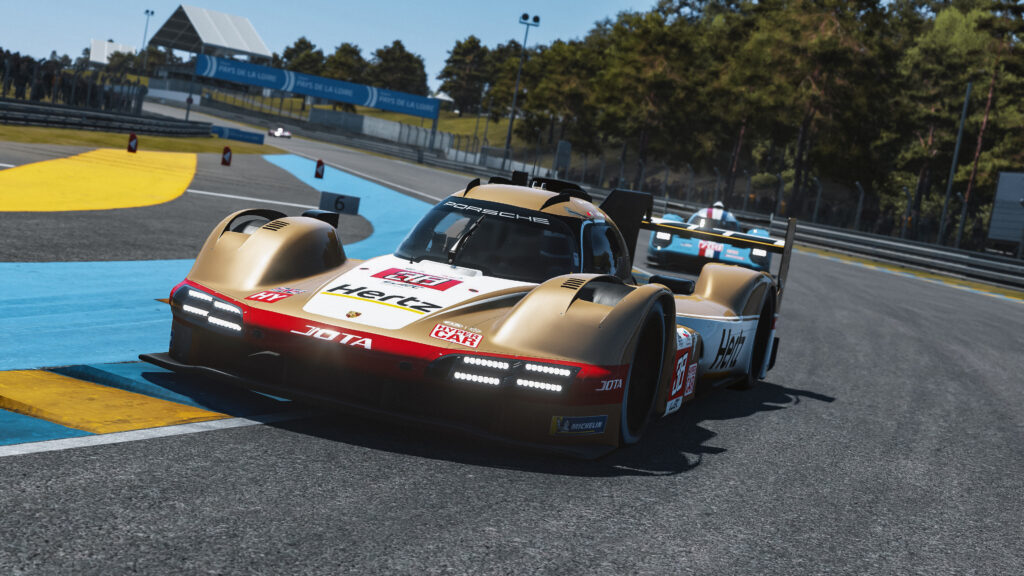
LMGT3 driving guide
LMGT3 cars are extremely similar to standard GT3 race cars, barring one or two areas. LMGT3s have slightly less power and aerodynamic prowess, and their races are still subject to Virtual Energy rules despite being solely petrol-powered.
With less power and aero, it’s even more crucial to master braking in LMGT3 cars, with the Virtual Energy allowance also emphasizing fuel management techniques.
There are three different drivetrain layouts within the class, too, with all cars having rear-wheel drive. Front-engined cars, like the BMW M4 and Ford Mustang, tend to be more forgiving to drive, especially for beginners, and can be very effective in wet races as most of their mass is over the front wheels.
Mid-engined cars like the McLaren 720S Evo are a little trickier to handle, but should be easier to rotate mid-corner. They are also more prone to oversteer on the limit, sothey demand more respect.
The Porsche 911 GT3 R is the outlier here because its engine sits above the rear axle. This gives it tremendous traction in the wet or dry, but requires a little more care when trail braking to avoid the spin-inducing ‘pendulum effect. ’
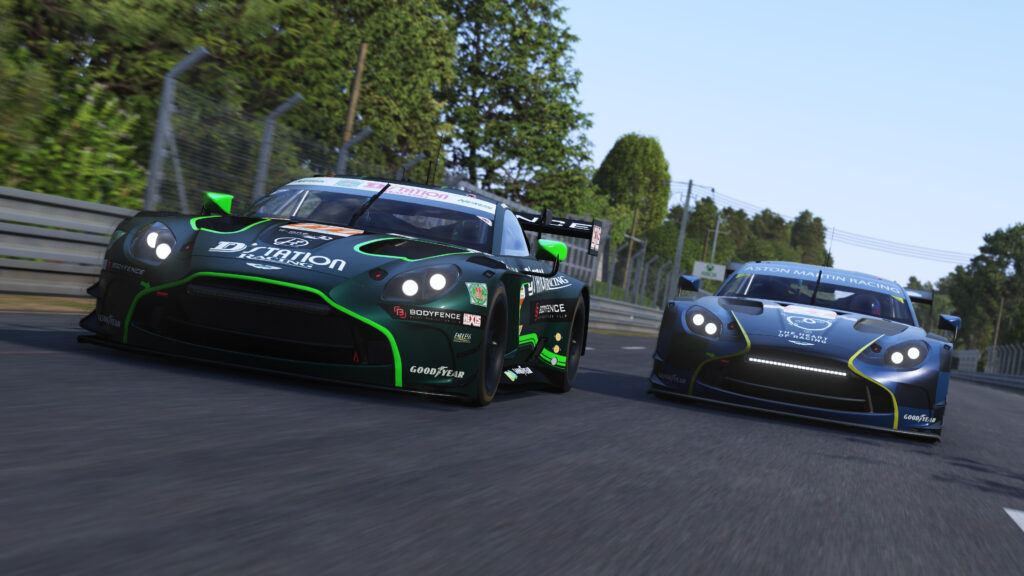
Braking
LMGT3s use ABS systems, with LMU simulating their haptic feedback through your steering wheel very effectively.
For ultimate performance, use high ABS settings for LMGT3 cars. This effectively provides the maximum amount of ABS interference in your braking, but also decreases the likelihood of locking up.
In reality, this isn’t accurate, as real-world GT3 drivers tend to gain more lap time from using less ABS, but this situation could change in future if the game receives tyre model updates.
Using a rearward brake bias alongside extreme ABS settings will also help rotate the car under braking. Although professional esports players can cope with this more effectively than most, other drivers may want to move brake bias forward slightly to prevent oversteer.
As a rule of thumb, move the brake bias a little forward at the beginning of a stint while your tyres are still coming up to temperature. Then, once optimal temperatures are reached, you can dial the brake balance rearward again. This will help prevent oversteery moments under braking initially.
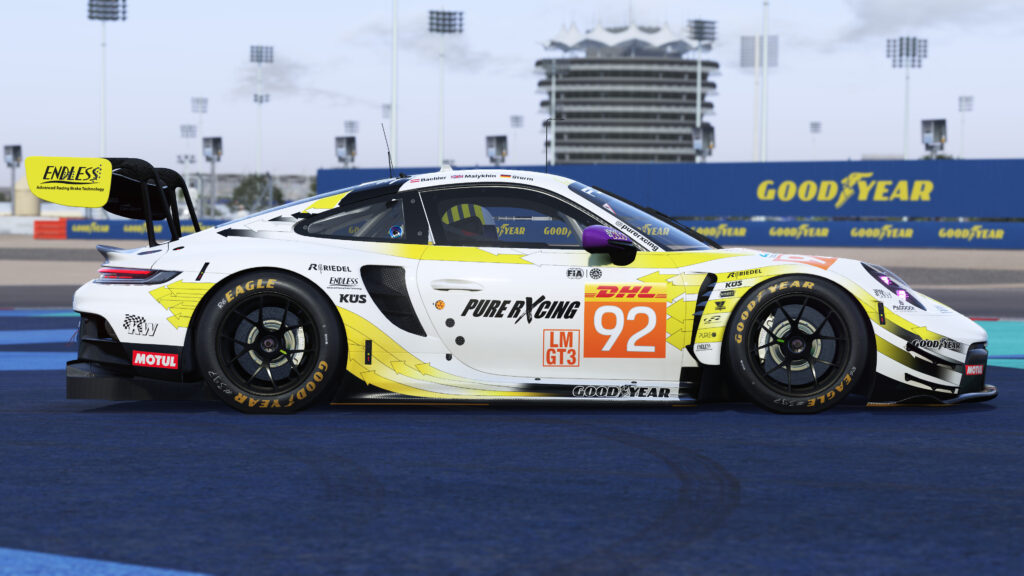
Traction control
There are three facets to traction control with LMU’s LMGT3 cars: TC, TC power cut and TC slip angle. These settings can be changed on the fly via the game’s MFD, and higher settings are preferable when you have cold tyres to prevent too much tyre slip.
Head to the Powertrain section of the setup screen to adjust these parameters between 1 and 11. In general terms, to aid on-throttle rotation, lower the TC slip and TC power settings (1 or 2 is quite extreme but appears to work well), while the main TC setting can be left at mid-to-high values.
Generally, setting TC to 7 or 8 will provide enough of a safety net to prevent an embarrassing spin, but if you struggle to control the car, increase this alongside the TC power and TC slip settings until you’ve built up enough confidence.
Managing tyre wear and virtual energy
LMU’s tyre model is rather sensitive to over-driving, so always try to minimise tyre scrub and aggressive power application to help maintain grip throughout a stint. WEC didn’t allow tyre warmers throughout the 2023-24 seasons, and this is accurately reflected in LMU.
As a result, be cautious on your first lap out of the pits and the first lap of a race. At a race start, try to ride the brake as much as possible to help build tyre temperatures. Likewise, braking early for corners and avoiding sharp inputs on your out-lap will help bring your tyres up to temperature gradually while avoiding any off-track incidents.
Managing Virtual Energy is easier in LMGT3 cars than Hypercars, as you only have to worry about petrol levels. Lifting and coasting (lifting off the throttle before a braking zone to help save fuel) and reducing the Engine Mixture value will increase your stint lengths but at the expense of increased lap time.
This can save you precious refuelling time in the pits, however.
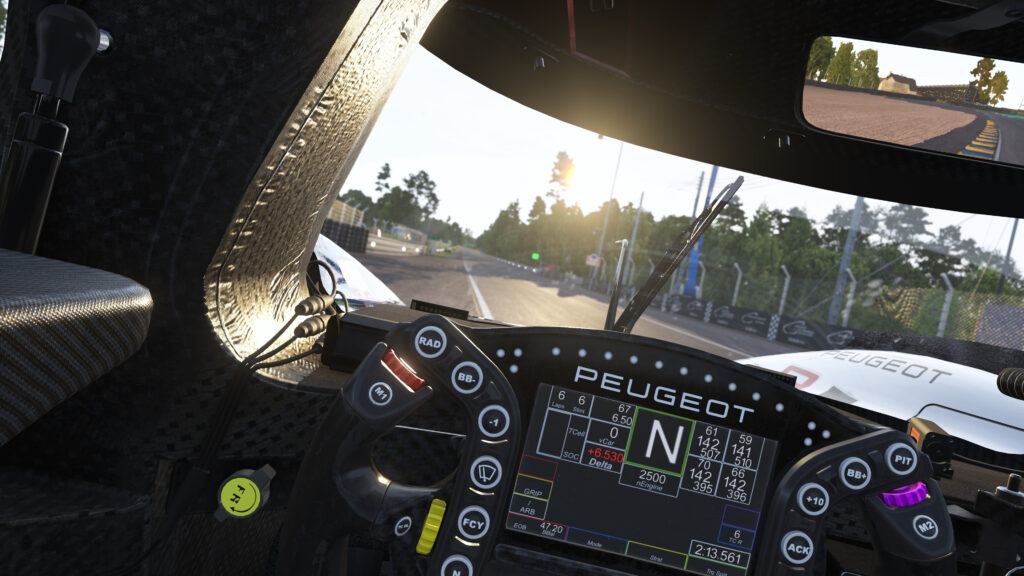
Hypercar driving guide
As with LMGT3 cars, the most important thing to remember during race starts and pit exit laps is that tyre warmers aren’t allowed in WEC, so be patient and take some time to warm them up before you push harder.
The two biggest differences between the LMGT3 and Hypercar classes – other than power and weight – are that Hypercars don’t have ABS and in almost every case have hybrid assistance.
Getting on top of these braking and hybrid systems is vital to mastering LMU’s Hypercars.
Braking
Avoiding lock-ups while driving LMU’s Hypercars is a tough task. Thanks to their high downforce setups, Hypercars require a lot of initial brake pressure before you bleed off on corner entry. Judging this is extremely difficult and requires a lot of practice.
Thankfully, there are some ways you can avoid this.
Brake migration
Make sure to also map buttons for the brake migration function. Because most Hypercars have an electric motor (LMDh cars have this on the rear axle; LMH cars have it on the front axle), you can use its regenerative effects to help slow your car down.
Brake migration can be set in 0.5 increments between 0 (disabled) and 2.5, and effectively alters the brake bias of your car in heavy braking zones.
For example, if your brake balance is set at 55:45 (weighted frontwards) and your brake migration is set to 1.0F (where ‘F’ denotes frontward bias), when the brake pedal travel is at 100% the effective bias changes to 56:44. As brake travel returns towards zero, the bias goes rearwards until it reaches the initial 55:45 setting.

The advantage of this is that you can brake harder into a corner, taking advantage of a Hypercar’s huge aerodynamic grip and forwards-leaning brake bias, and still prevent lock-ups on turn-in and mid-corner as the brake bias heads rearwards.
It’s a complicated system but well worth spending time perfecting; going too far in one direction could lengthen your braking zones or lead to overheating brakes. Adjusting brake bias and migration on the fly can also help on tracks with heavy braking zones, like Bahrain.
Virtual energy systems and braking
As per our Virtual Energy guide, to make the most of a Hypercar’s regenerative braking, you must set your ‘Regen level’ to the maximum value. This forces the car to regenerate more energy under braking, thereby increasing your car’s overall braking power via the decelerative force of the electric motor.
However, once the battery is fully charged, you will lose this effect, so the stored energy must be deployed by setting the appropriate ‘motor map’ setting.
Ensuring you don’t reach 100% battery level is crucial to maintaining braking performance across both LMDh and LMH cars.
Traction control
Although Hypercars don’t have ABS, they do have traction control, but optimal settings are generally different to those used by the LMGT3 class.
Try to run high levels of TC and TC Slip Angle (9-11) alongside low levels of TC Power Cut (1-2) to maximise traction while also providing a small safety net. It’s not quite true to life, and it may change in subsequent LMU updates, but for now (April 2025), it seems to work well.
If you’re struggling to control your car on the power, then increase each value until you find a happy medium.

Managing Hypercar tyre wear and fuel saving
It goes without saying, but to save your tyres, you can crank up the TC levels to prevent wheelspin. Likewise, to avoid locking them up under braking, you can use a combination of brake bias and brake migration adjustments.
If your fronts continually lock up, move the bias rearwards or reduce the brake migration figure to suit. There’s no magic bullet here, different settings will suit different cars, tracks and track conditions.
To save fuel, lifting and coasting is still a highly effective technique for Hypercars. Holding in the clutch is another way to gain better mileage, but it’s thought this technique will be patched out of the game at a later date.
Saving fuel is very important in LMU’s Hypercar class as using less fuel means you can make shorter pit stops. It takes a lot of mental dexterity to do this, however, considering the amount of mental gymnastics required to drive Hypercars, so it’s worth practising this offline first.
Related Articles
Topic: Sim Racing Games

